Aquascaping is more than just arranging plants and decorations—it’s about creating a living, breathing underwater world. Incorporating live foods into your aquascape is a unique way to boost the health of your aquatic life while adding natural movement and interest. Let’s explore some creative ideas to combine aquascaping with live foods for a thriving, dynamic tank.
Why Use Live Foods in Aquascaping?
Live foods such as copepods, rotifers, and amphipods naturally inhabit aquatic environments, grazing on algae and detritus while serving as a nutritious food source for fish and invertebrates. Adding them to your aquascape supports the natural food web and creates a more balanced ecosystem.
Creative Aquascaping Tips with Live Foods
- Refugium Zones: Designate a section of your aquarium or an attached refugium where macroalgae and live foods can grow and thrive, providing continuous nutrition for tank inhabitants.
- Live Food Cultures: Introduce cultures like AlgaGenPods™ Tisbe or AlgaGenPods™ Apocyclops strategically into your planted areas to boost microfauna diversity.
- Natural Leaf Litter: Incorporate Indian Almond Leaves or other botanical materials to provide habitat and food sources for live foods and beneficial microorganisms.
- Layered Substrates: Use nutrient-rich soils topped with sand or fine gravel to support plant growth and microfauna habitation.
- Fish-Friendly Hiding Spots: Create cozy nooks with driftwood and rocks where fish can forage for live foods comfortably.
Benefits of Incorporating Live Foods in Aquascapes
- Enhances natural feeding behaviors and fish activity.
- Supports healthy populations of beneficial microfauna.
- Improves water quality by reducing leftover food and algae.
- Creates a more natural and visually dynamic aquarium.
Quick Reference Table: Live Foods for Aquascaping
| Live Food | Role | Best Uses in Aquascapes |
|---|---|---|
| Copepods | Algae and detritus grazing, fish food | Refugiums, plant surfaces |
| Rotifers | Supplemental nutrition, microfauna diversity | Water column and plant leaves |
| Amphipods | Organic waste breakdown, food source | Leaf litter and substrate layers |
FAQs: Using Live Foods in Aquascaping
Q: How do I introduce live foods to my aquascape?
A: Add cultured pods like AlgaGenPods™ Tisbe gradually, ensuring stable conditions to help establish populations.
Q: Can live foods survive in planted tanks?
A: Yes, provided there are adequate food sources like microalgae or detritus and minimal aggressive fish.
Q: Do live foods affect water quality?
A: When balanced, they help improve water quality by consuming waste; overcrowding can lead to issues.
Pro Tips for Success
- Maintain stable water parameters and good filtration to support microfauna.
- Feed supplementary products like Phyto-Plasm™ Phyto Green to boost live food nutrition.
- Regularly monitor tank inhabitants and adjust live food populations as needed.
“Incorporating live foods into aquascaping brings the entire aquarium to life—adding texture, movement, and natural vitality.”
Further Reading & Product Spotlight
Discover more aquascaping techniques at Copepods and Amphipods: A Complete Care Guide. Use AlgaGenPods™ Tisbe and Phyto-Plasm™ Phyto Green to support thriving, healthy tanks.
Conclusion
Creative aquascaping combined with live foods creates natural, healthy environments where aquatic life thrives, and tanks become dynamic works of living art.
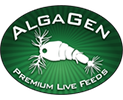
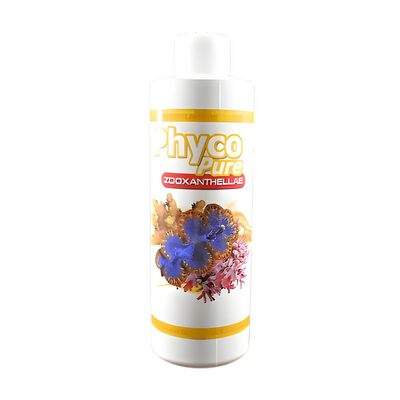
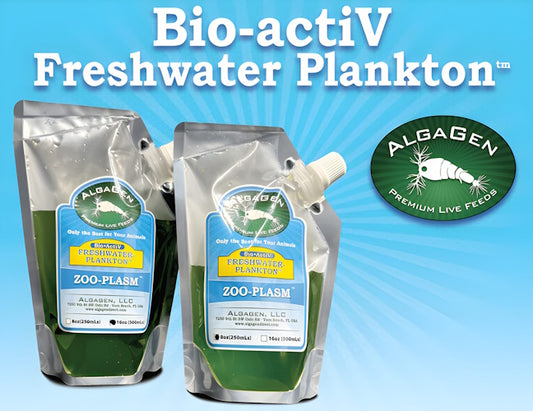
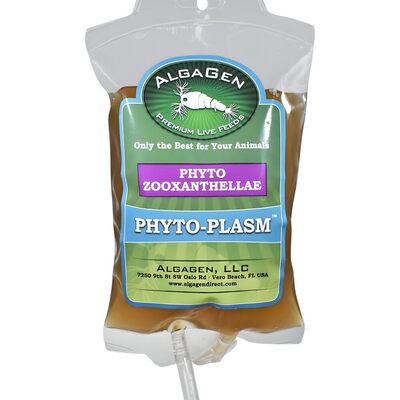
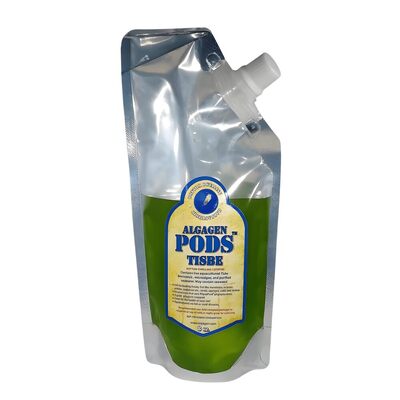
Recent post